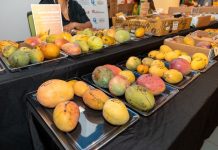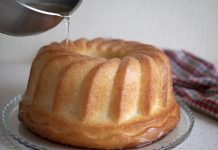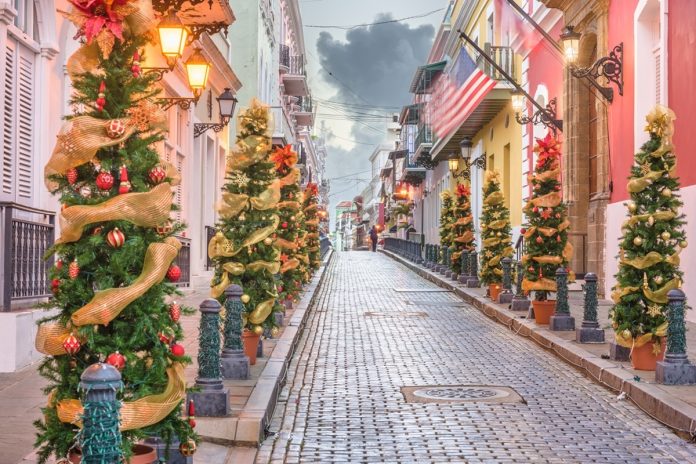
In the heart of the Caribbean, Christmas takes on a unique and lively character. Latin Caribbean Christmas traditions, especially, are a blended celebration of cultural richness, incorporating indigenous and African influences into one big, festive celebration. Here’s how Cuba, the Dominican Republic and Puerto Rico celebrate the holidays.
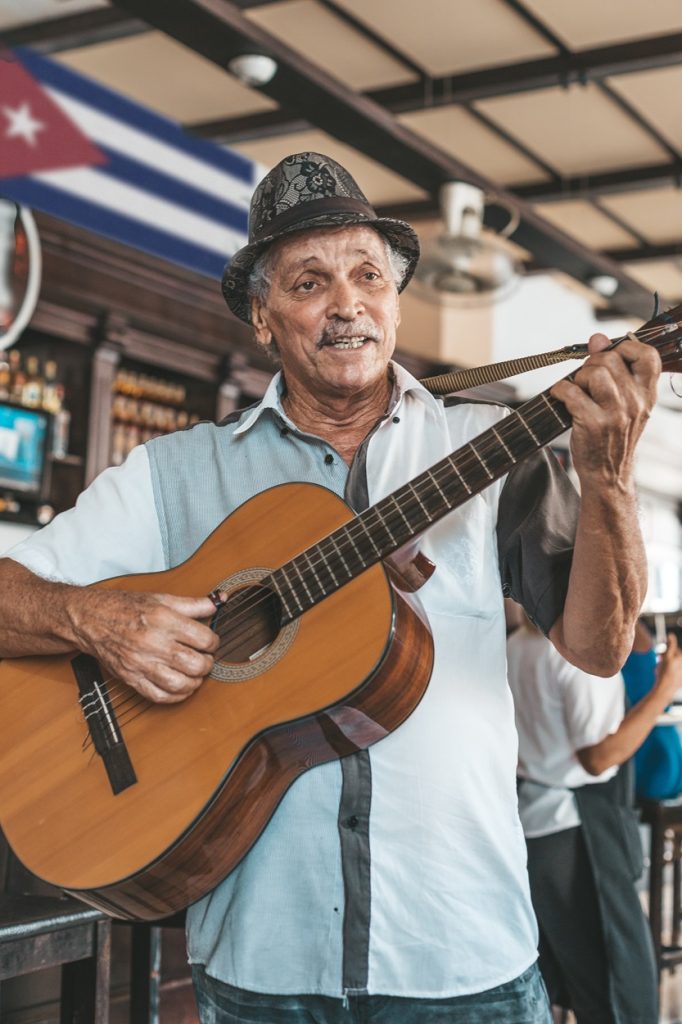
Parrandas and Aguinaldos
Unlike the serene midnight masses of some other regions, the nights leading up to Christmas Eve in the Latin Caribbean are often marked by lively musical processions. In Cuba, one of the most highly anticipated parades is Las Parrandas de Remedios. In the 18th century, the priest of the Grand Cathedral of Remedios assembled groups of children to roam the village and make enough noise to draw people to the midnight masses held in the week leading up to Christmas. Over time, this novel idea transformed into a cherished tradition, evolving into the grand street celebration that persists today. Contemporary Parrandas feature conga groups, rumba dance parades, elaborate and colorful floats, costumes and an awe-inspiring fireworks display.
Puerto Rico features pretty similar Parrandas complete with friends and neighbors gathering to surprise each other with spontaneous visits and singing traditional Aguinaldos, a genre of music inspired by Spanish Christmas carols, accompanied by instruments such as guitars, drums and maracas.
Nochebuena
Christmas Eve, or Nochebuena, is a night of grand celebration in itself. Homes are adorned with festive decorations and the extended family assembles to savor the festive Christmas Eve meal, accompanied by the joyous melodies of Christmas songs. Following this, they proceed to attend the Misa de Gallo (“Rooster’s Mass”), a special Christmas mass held precisely at midnight. This tradition stems from the belief that a rooster’s crow marked the sacred moment of Jesus’s birth.
Folkloric Dances and Celebrations
Cuba, Puerto Rico and the Dominican Republic are all known for their vibrant and energetic dance forms, and Christmas provides the right occasion to showcase these traditions. Bomba and Plena, two Afro-Caribbean dance styles, are often performed during Christmas festivities. Random salsa, bachata and la bamba performances along the streets are also common. These dances, accompanied by rhythmic drumming and colorful costumes, perfectly capture the spirit and joy of the season.
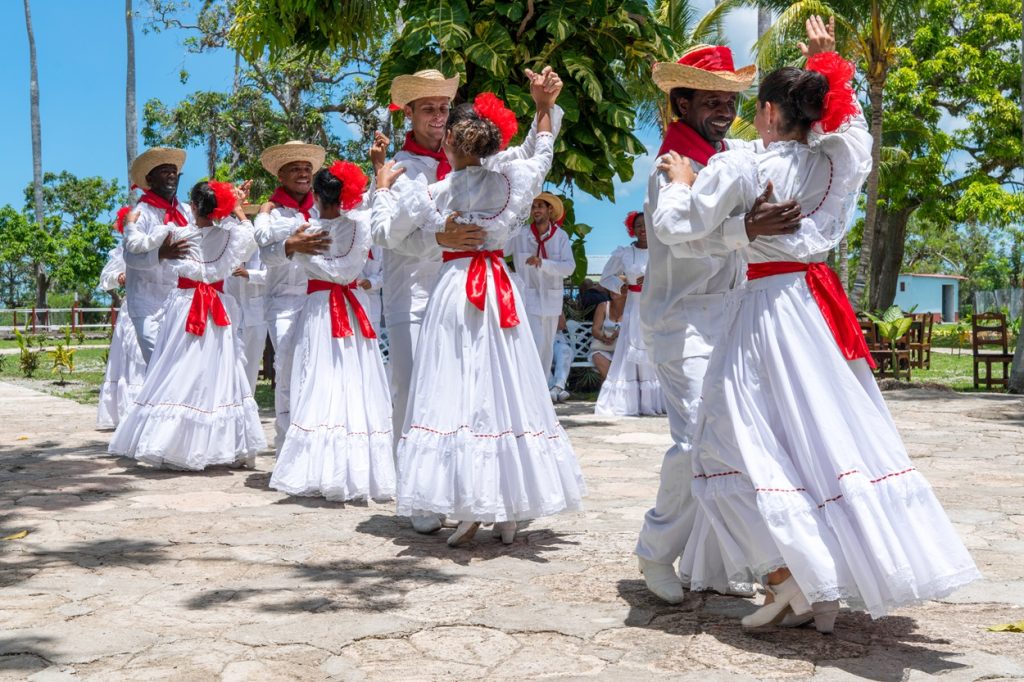
Good Eats
While the other islands tend to look forward to honey ham, fish and various forms of rum cake, for the Latin Caribbean Christmas feast, the main item on the table is succulent roast pork, known as lechón asado. The lechonera, where the pig is slow-roasted over an open flame, becomes the focal point of many celebrations, especially in the Dominican Republic on Nochebuena (the night before Christmas).
Accompanying the lechón are pasteles, a traditional dish made of plantains or yucca filled with seasoned meat, wrapped in banana leaves and steamed to perfection.
Coquito and Crema de Vie
No Christmas celebration is complete without the indulgence in festive beverages. Coquito, a coconut-based eggnog with a hint of rum and spices, is a beloved holiday drink in Puerto Rico. Similarly, Ponche Navideño, a creamy and spiced Dominican version of the concoction and Crema De Vie (Lechita) from Cuba both are local favorites.
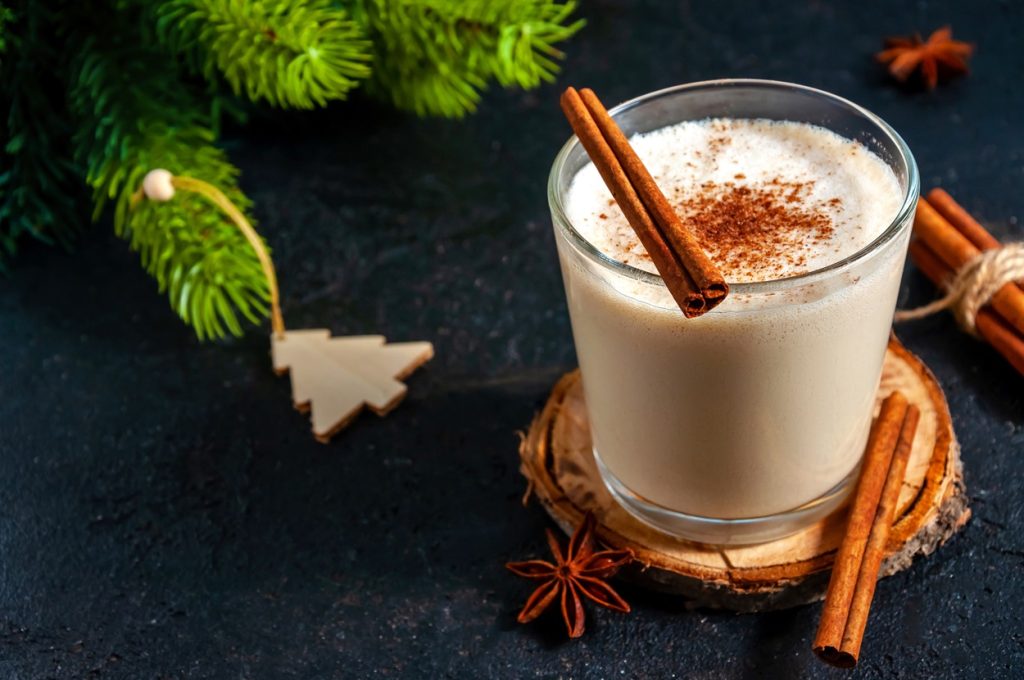
Need a recipe? Try our delicious take on the classic Coquito:
What You Need:
- ½ can of coconut milk, about 7 ounces
- 5 ounces evaporated milk
- 2 ounces sweetened condensed milk, or to taste
- 5 ounces white rum
- 1 teaspoon pure vanilla extract
- ¼ teaspoon cinnamon
- ¼ teaspoon nutmeg
- cinnamon stick, to garnish
What To Do:
- Gather all ingredients except the cinnamon stick, place into a large blender and blend for about two minutes or until all ingredients are incorporated and the mixture is slightly frothy.
- Pour the mixture into an airtight container or mason jar and refrigerate until cold.
- Before serving, shake well to make sure the settled spices are incorporated.
- Serve the coquito in short glasses with sprinkled cinnamon and cinnamon sticks. Enjoy!
Three Kings’ Day
While Christmas Day is, of course, celebrated with enthusiasm, the holiday season extends to January 6th with the observance of Three Kings’ Day, or Día de los Reyes. This day commemorates the arrival of the three wise men, and it is common for families to exchange more gifts and share a special meal on this day too. The celebration often includes the cutting of a rosca de reyes, a sweet bread adorned with candied fruit, with a hidden figurine inside. Whoever finds the figurine is believed to have good luck for the coming year!
As we embrace these traditions, we not only partake in the joyous festivities but also gain a deeper appreciation for the culture that makes Christmas in the Latin Caribbean a truly magical experience.















